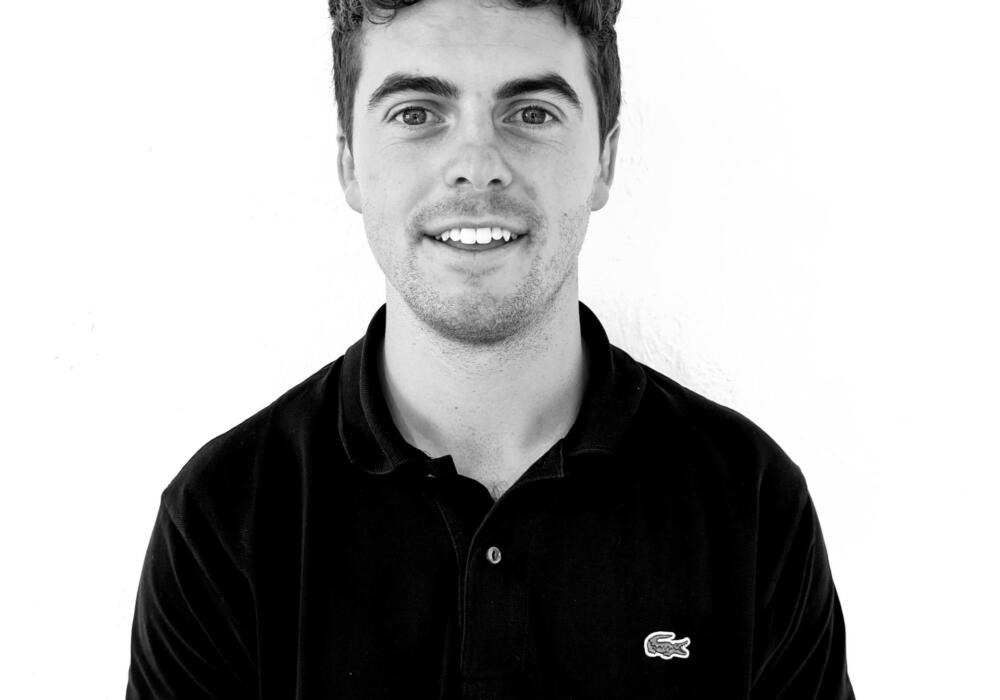With a depth of exposure in all areas of Podiatry, Ryan is the newest team member at Prosper Health Group. We sat down with Ryan to learn a bit more about his journey to coming to work with us at Prosper.
Hailing from the heart of central Victoria, you can get Ryan talking on just about anything to do with football, fitness or food. Away from work you can find him living an active lifestyle, regularly catching up with friends and sneaking a trip back to Castlemaine to see Family.
What made you want to be a Podiatrist?
Towards the back-end of High School I was not entirely sure what I wanted to study at University. I knew that whatever i chose was going to be in the Health sector as I had a passion for helping people and caring for the people around me.
Having had problems with my own feet growing up, I chose podiatry with the knowledge of how much I would be able to influence and change peoples lives for the better by fixing their feet and lower limb problems.
Where do you study to become a Podiatrist?
I studied at La Trobe University in Bundoora. The course was 4 years full time study and I finished with a Bachelor of Applied Science & Masters Podiatric Practise.
We share a lot of classes in the first two years with other allied health professions like Physiotherapy, Occupational Therapy and Prosthetic’s and Orthotist’s. The final two years was much more specialised to the profession itself.
Why the move to Geelong?
Having grown up in central Victoria, I knew that living in Melbourne was not going to be a long term plan for me. My time in Melbourne was a blast and I enjoyed every second of my time living there, however I knew a coastal change was calling. Geelong stood out as the perfect fit for me being so close to the surf coast and only a 1 hour trip back to Melbourne. I now find myself living in Belmont and am very content.
What’s the best thing about being a Podiatrist?
For me, It’s the diversity in what we get to see and treat as practitioners. There aren’t too many professions that would have a day of patients that may present with stress fractures, overuse tendon injuries, acute sprains, infected toes, diabetic wounds, unknown skin lesions etc (just for example). It makes every day diverse and constantly keeps you on your toes.
This also means that as practitioners, we get to draw on a much larger set of skills and tools when treating patients compared to many other health professions.
